Scottish Abbey: Melrose Abbey
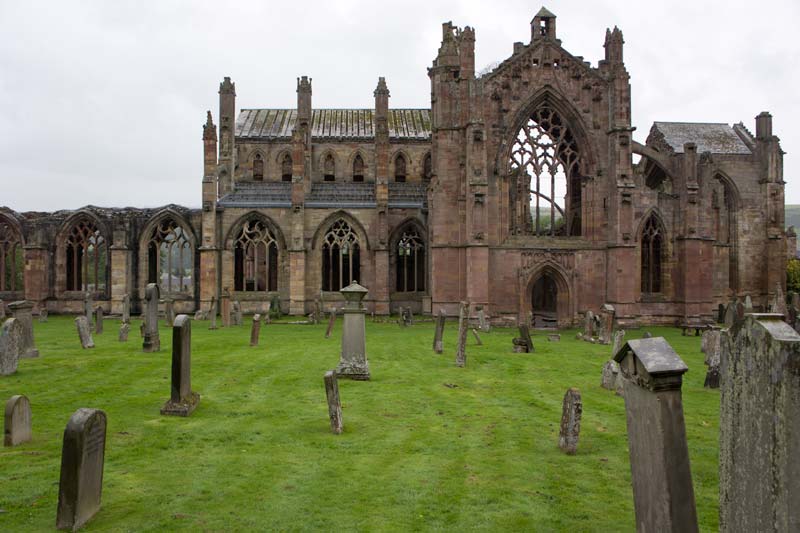
Melrose Abbey

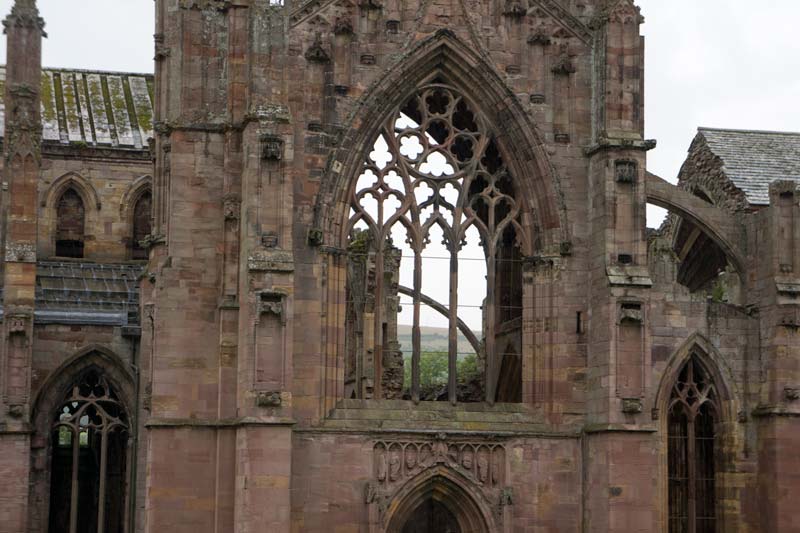
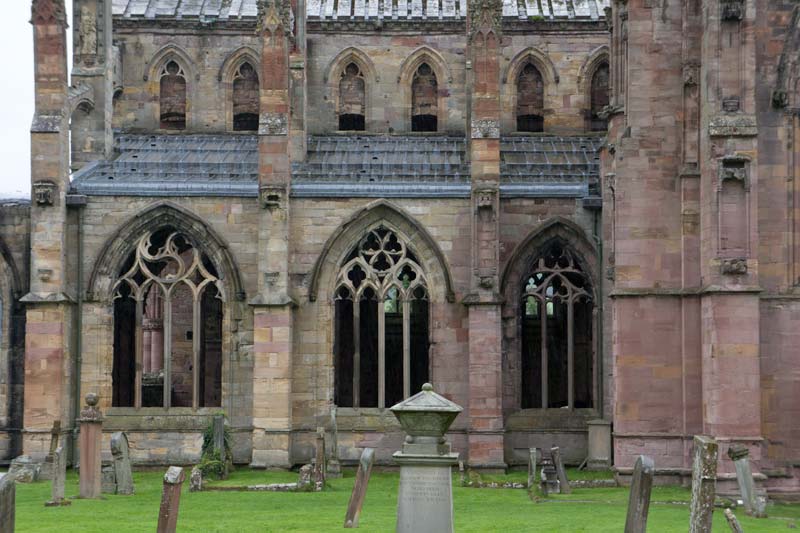
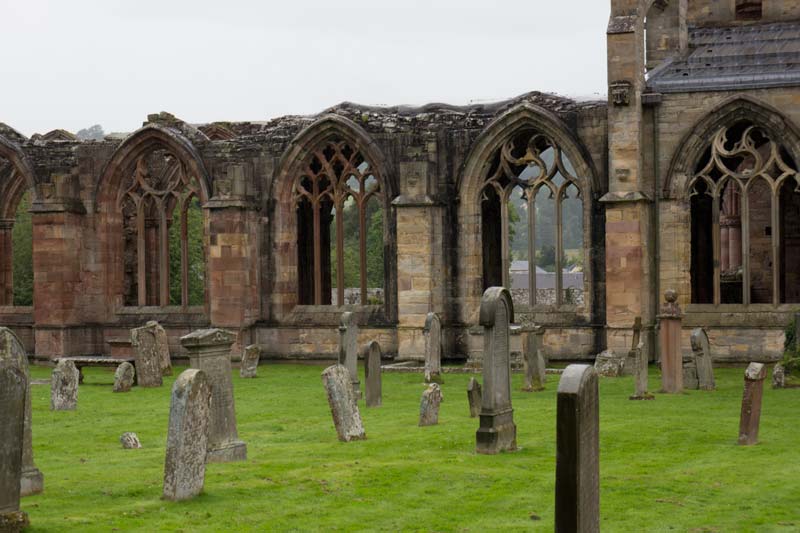
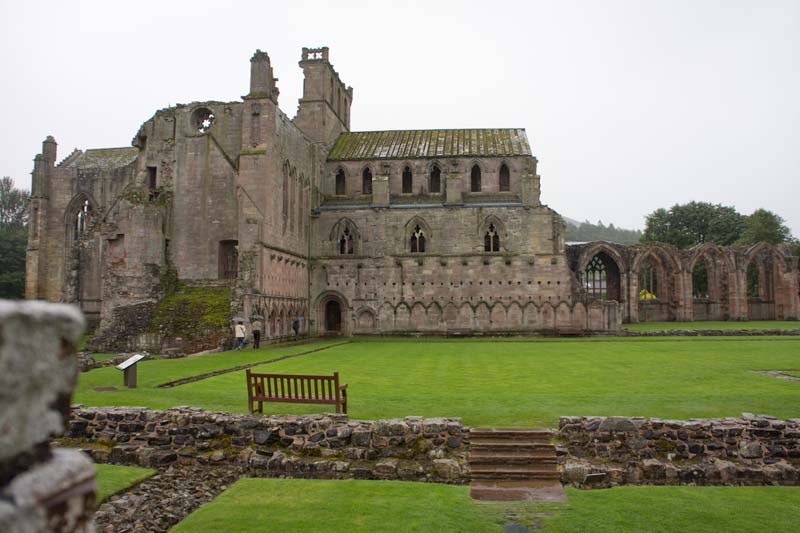
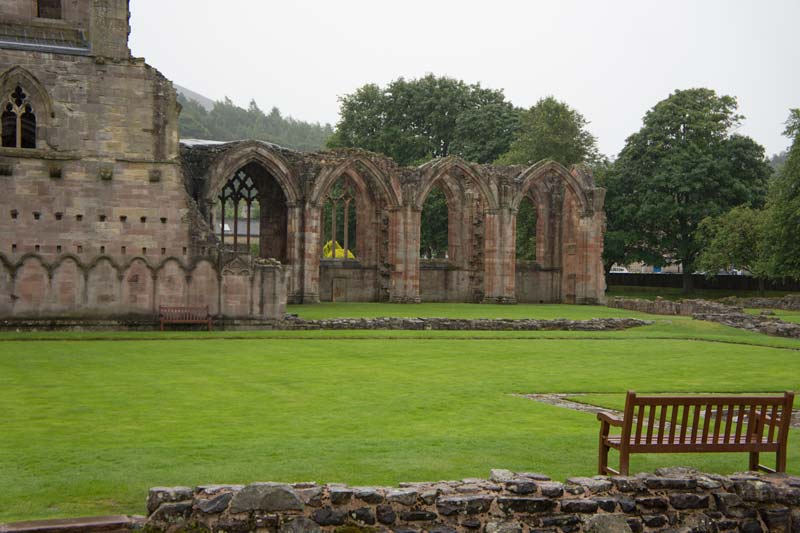
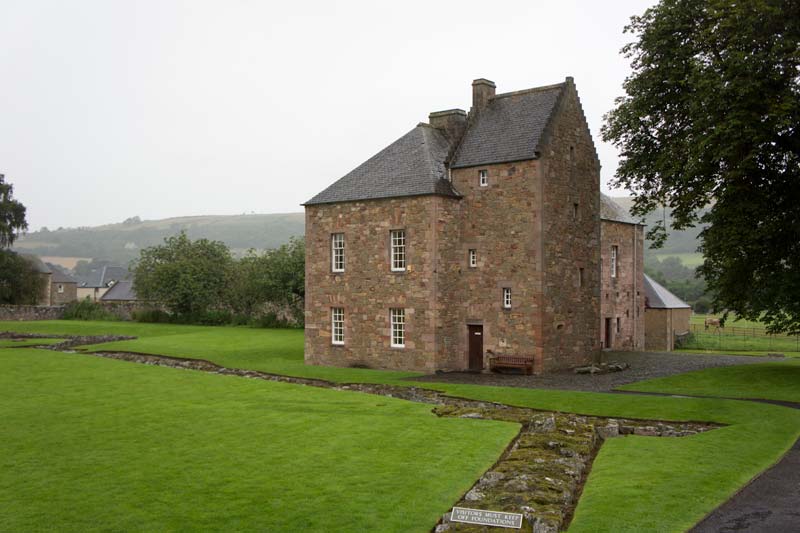
St Mary's Abbey, Melrose is a part ruined monastery of the Cistercian order in Melrose, Roxburghshire, in the Scottish Borders.
It was founded in 1136 by Cistercian monks on the request of King David I of Scotland, and was the chief house of that order in the country, until the Reformation. It was headed by the Abbot or Commendator of Melrose. Today the abbey is maintained by Historic Scotland.
The east end of the abbey was completed in 1146. Other buildings in the complex were added over the next 50 years. The abbey was built in the Gothic manner, and in the form of a St. John's cross. A considerable portion of the abbey is now in ruins, though a structure dating from 1590 is maintained as a museum open to the public.
Alexander II and other Scottish kings and nobles are buried at the abbey. The embalmed heart of Robert the Bruce is also said to rest on the abbey's grounds, while the rest of his body is buried in Dunfermline Abbey. In 1812, a stone coffin that some speculated was that of Michael Scot, the philosopher and "wizard", was found in an aisle in the abbey's south chancel.
The abbey is known for its many carved decorative details, including likenesses of saints, dragons, gargoyles and plants. On one of the abbey's stairways is an inscription by John Morow, a master mason, which says Be halde to ye hende ("Keep in mind, the end, your salvation"). This has become the motto of the town of Melrose.